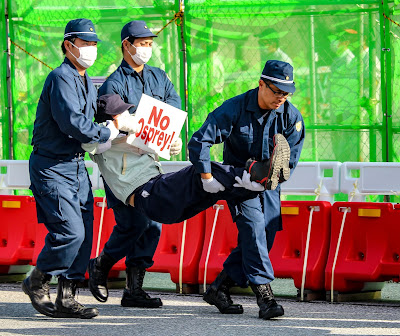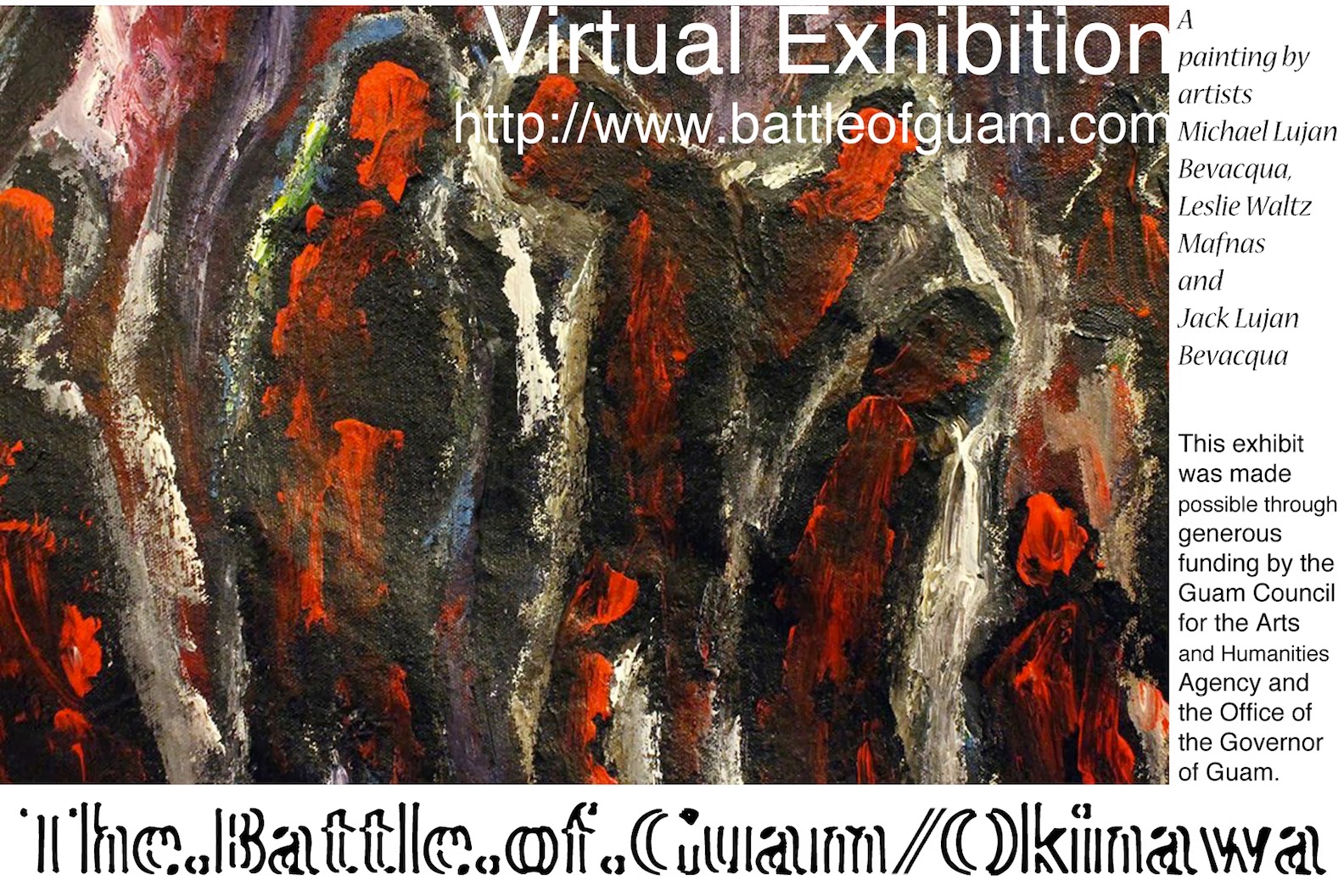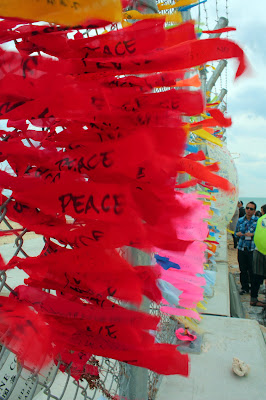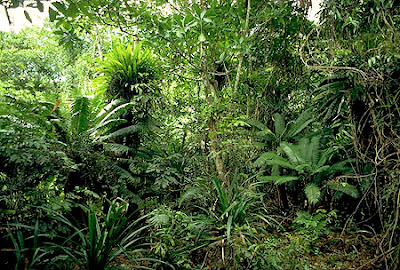Gaige yu' giya Okinawa ta'lo

Gaige yu' giya Okinawa på'go na simana. Para bei fama'nu'i gi kolehio yan konfirensia guini. I fina'nu'i siha put decolonization yan nina'la'la' lengguåhen natihu siha. Para bei faninterview taotao Chamoru ni' manmastastation guini giya Okinawa put i sinienten-ñiha nu i taotao guini. Put hemplo, kao hinasson-ñiha na mamparehu i estao i taotao Okinawa yan i Chamoru? Guaha meggai parehu put i halacha na hestoria-ta siha, lao kao ma ripåpara este? Pat osino gi lini'e'-ñiha kao manentrangheru? Bai hu bisita lokkue' i kampon protest taiguihi gi este na litråtu. Este giya Henoko, nai i militåt Amerikånu ma keke ekstende i sagan-ñiha guihi, lao i taotao ti yan-ñiha este, ko'lo'lo'ña put taimanu na u ma destrosa i ginefpågon lugåt.




